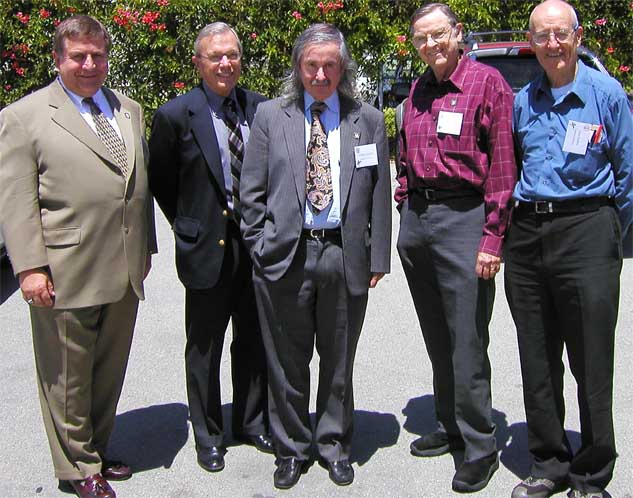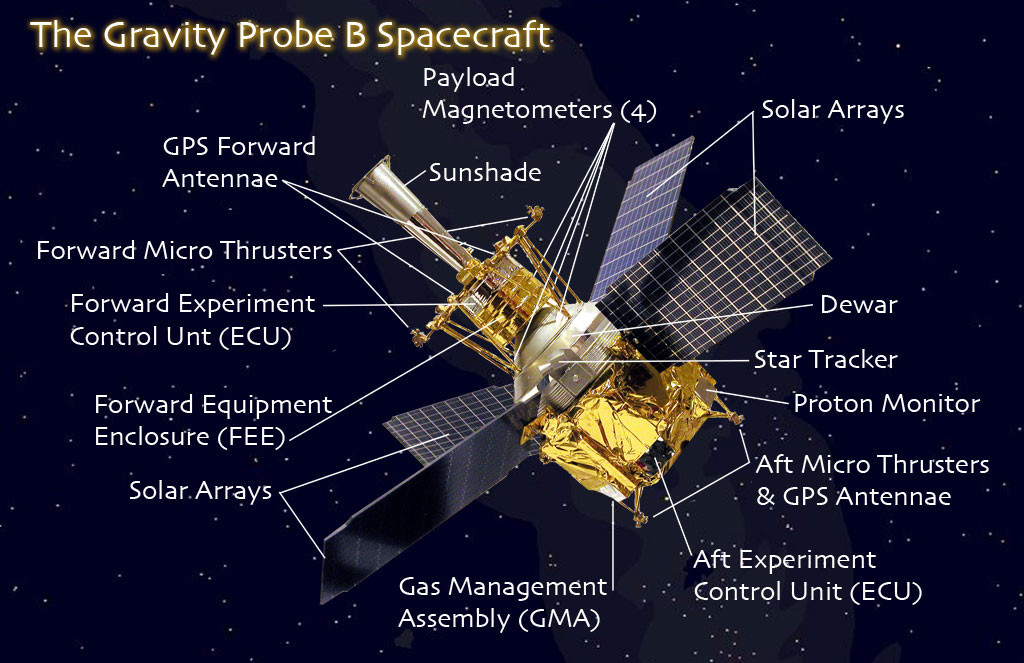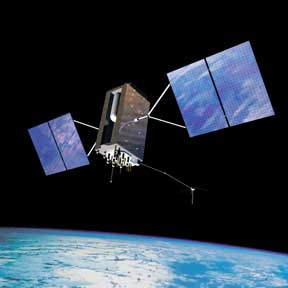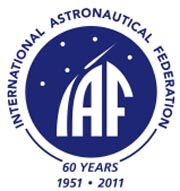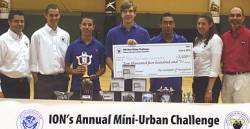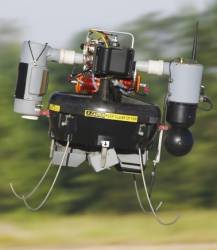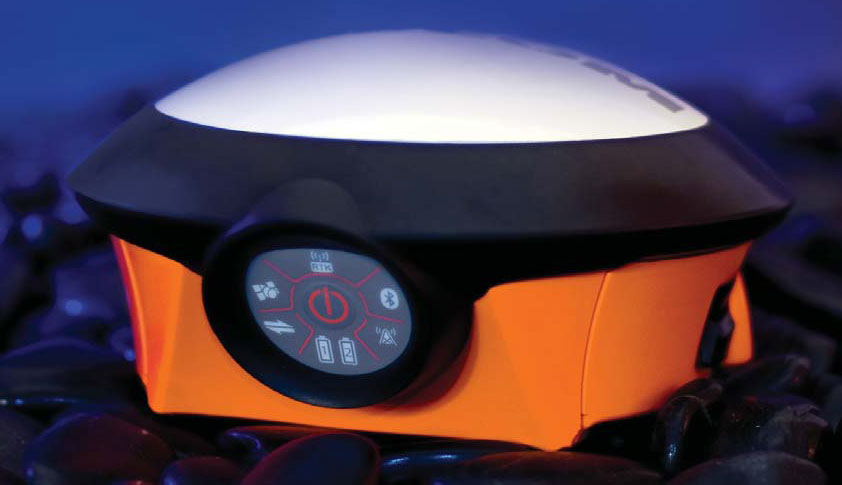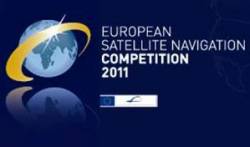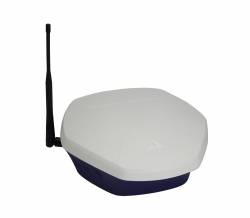USA Challenge Competition Seeks Satellite Navigation Apps
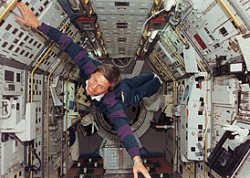 This is a 1993 photo of Walter, a German astronaut. He exemplifies the fearless approach to experimentation and the spirit of fun that we are looking for (DLR photo)
This is a 1993 photo of Walter, a German astronaut. He exemplifies the fearless approach to experimentation and the spirit of fun that we are looking for (DLR photo) [Updated June 30] Lucky you – you have three extra days to submit your GNSS application idea to the USA Challenge! The extended deadline is midnight Sunday (Europe) or 3 P.M. (Pacific time) on July 3.
Right now, some team is hard at work in a basement, an office, a dorm room or a lab. They are about to come up with a new, useful and commercially viable idea for a satellite navigation application or location based service.
By Inside GNSS
